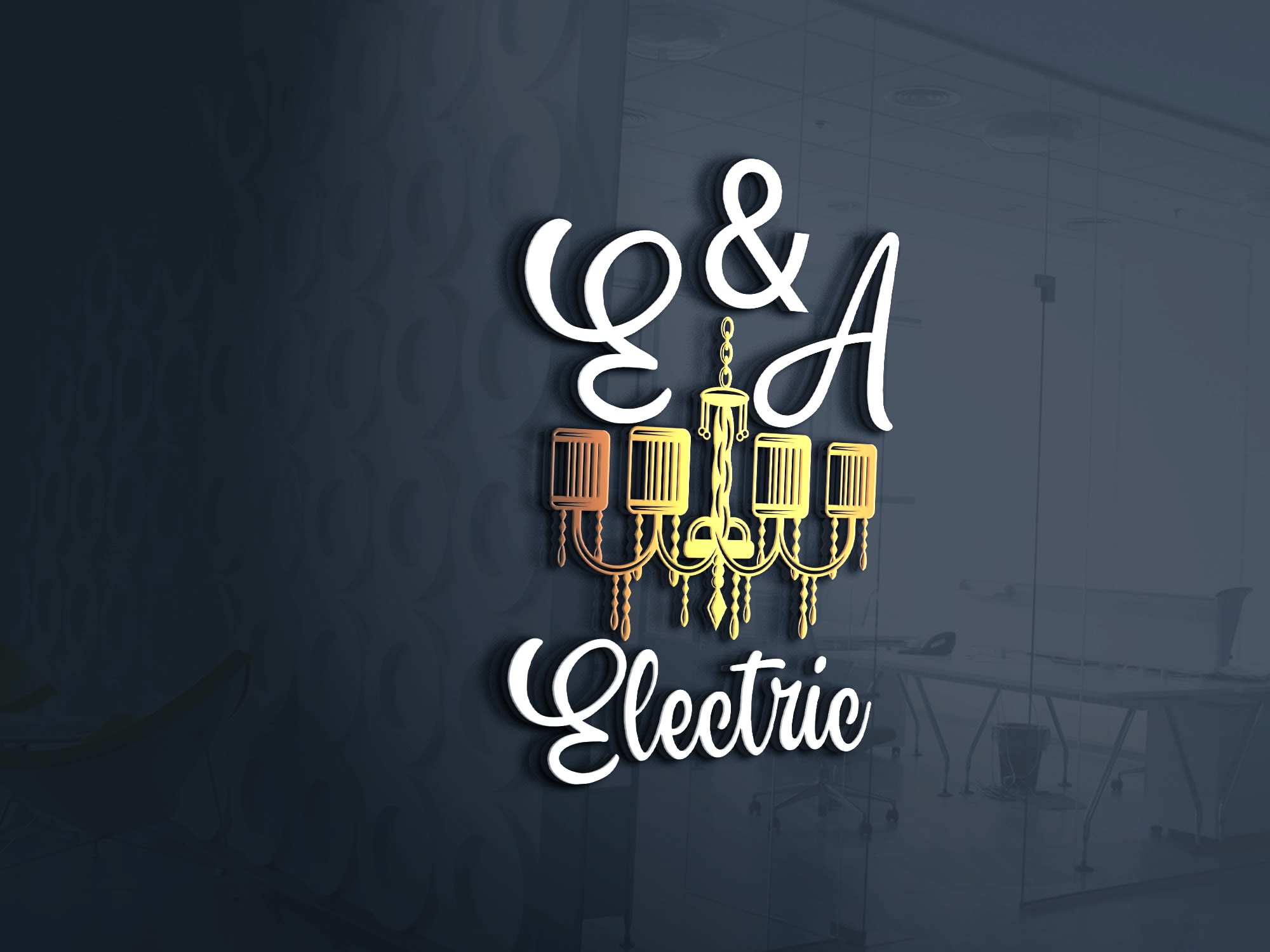
Electricity and Animatronics: Powering Magical Experiences in Water and Theme Parks

Animatronics bring life to theme parks, water parks, and attractions — creating unforgettable entertainment through lifelike robots, moving figures, and special effects. Behind the scenes, electricity is the vital force that powers these intricate machines safely and reliably.
⚡ How Electricity Powers Animatronics
- Motors and Actuators: Control movement of limbs, heads, and features
- Lighting Effects: Enhance realism with dynamic colored lights
- Sound Systems: Coordinate voices, music, and sound effects
- Sensors and Controllers: Trigger actions based on visitor interaction
- Waterproof Power Supplies: Designed to function safely near water
🌊 Special Challenges for Animatronics in Water Environments
- Waterproofing: Electrical components must be sealed and protected against moisture
- Corrosion Resistance: Use of marine-grade wiring and materials
- Safe Power Distribution: Low-voltage systems often used to minimize risk
- Routine Maintenance: Frequent inspections to prevent failures and hazards
🎢 Animatronics in Parks: Safety and Efficiency Tips
- Ensure all wiring and connectors meet local electrical codes for public spaces
- Use ground-fault circuit interrupters (GFCIs) in wet or damp areas
- Regularly test backup power systems to keep animatronics running during outages
- Train staff on emergency shutdown procedures and troubleshooting
- Opt for energy-efficient motors and LED lighting to reduce power consumption
💡 Fun Fact:
Some of the most famous animatronics, like those at Disney parks, use highly advanced electrical and control systems — combining robotics, computer programming, and electrical engineering to create immersive experiences!
Final Thought:
Electricity is the unseen magic behind animatronics that captivate millions every year. Proper electrical design, safety measures, and maintenance keep the shows running smoothly and safely — whether on dry land or surrounded by water.
Get in Touch with Our Team
Have an electrical issue or question? Don't hesitate to reach out to our team at E&A Electric LLC. Whether you need help with a specific problem or just want to learn more about our services, we're here to help.
